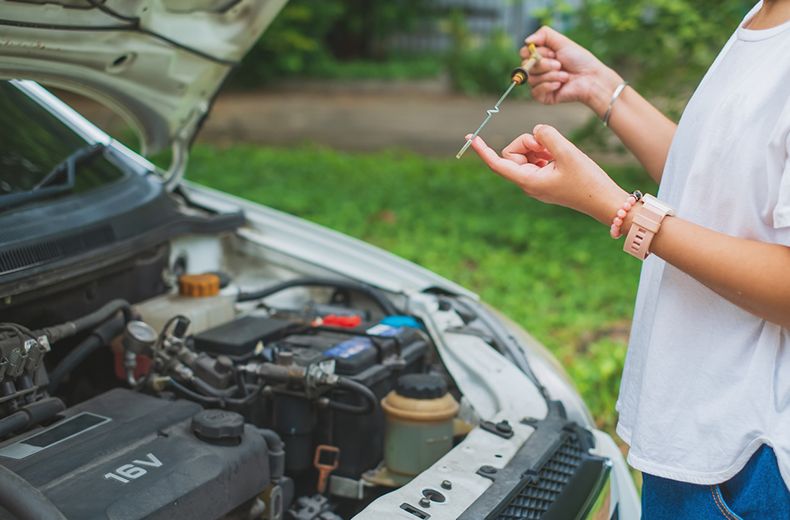A vehicle check is a process used to ensure that your vehicle meets safety and emissions standards. It’s required in many jurisdictions around the world.
A vehicle check can help you spot potential problems that may lead to repairs. It also helps keep your vehicle safe and in good working condition.
Rear and Side View Mirrors
Rear and side view mirrors provide a driver with a clear and unobstructed view of the road behind their vehicle. They are essential for safe driving, especially in busy traffic conditions.
In the United States, passenger cars must have rearward-looking outside mirrors that provide a field of view to the rear that is not less than 20 degrees measured horizontally backward from the projected eye point and extends to the horizon. Passenger-side inside mirrors must also provide a field of view to the rear.
However, some small school buses, short delivery trucks, and some multipurpose vehicles (e.g., SUVs) in the U.S. may use rear-mounted convex mirrors in place of traditional side and interior rearview mirrors to improve the driver’s ability to see areas behind a vehicle.
NHTSA plans to collect performance data to assess the effectiveness of rear-mounted convex mirrors in mitigating backover crashes. In particular, NHTSA seeks comment and research addressing the effectiveness of rear-mounted convex cross-view mirrors in enabling drivers to identify and avoid objects or pedestrians directly behind their vehicle.
Seat Belts
The seat belt is a safety device that helps prevent injuries in the event of a crash. It also keeps you from being thrown through the windshield, or from becoming loose within the car.
The NHTSA estimates that seat belt use saves more than 12,800 lives each year. It’s one of the most effective and simple ways to reduce severe injury or death in a crash.
If you’re not sure whether your seat belt is properly tightened, check with your owner’s manual or dealer. They can give you tips on how to ensure it’s secure every time.
In addition to saving lives, seat belts prevent injuries to the head, torso and limbs in crashes. They help protect the body from blunt force trauma, reducing the risk of spinal cord injury and traumatic brain injury.
Tires
Your tires are one of the most important parts of your vehicle. Without them, your car doesn’t have the grip it needs to navigate the road safely.
Automakers engineer every vehicle to work with a specific size and type of tire. You should never mount a tire that is larger or smaller than your vehicle’s original design.
You should also check to make sure that your tires are properly inflated. This will keep them in good condition and prevent premature wear.
A few simple things to look for include dry rot (cracking), bumps, and bulges in the tread area. These are all signs that you should have your tires replaced.
Engine
The engine of your vehicle is a major investment, so it’s smart to make sure that it’s in tip-top condition at all times. Not only will this keep your engine running smooth, but it will also help you save money in the long run.
The best way to keep your engine in top condition is to perform a routine checkup, and follow the manufacturer’s recommended maintenance schedule. In particular, check your fluid levels and change the oil regularly to ensure that it stays fresh and clean. Adding a quality air filter is also a good idea, as it can prevent clogging that may lead to reduced performance and increased fuel consumption. It is a good idea to perform a visual inspection of your engine’s interior, too, as this can reveal minor defects that may be difficult to see with the naked eye. The car’s engine hood is also a good place to look for potential problems, such as leaky water pumps and loose or cracked hoses.

